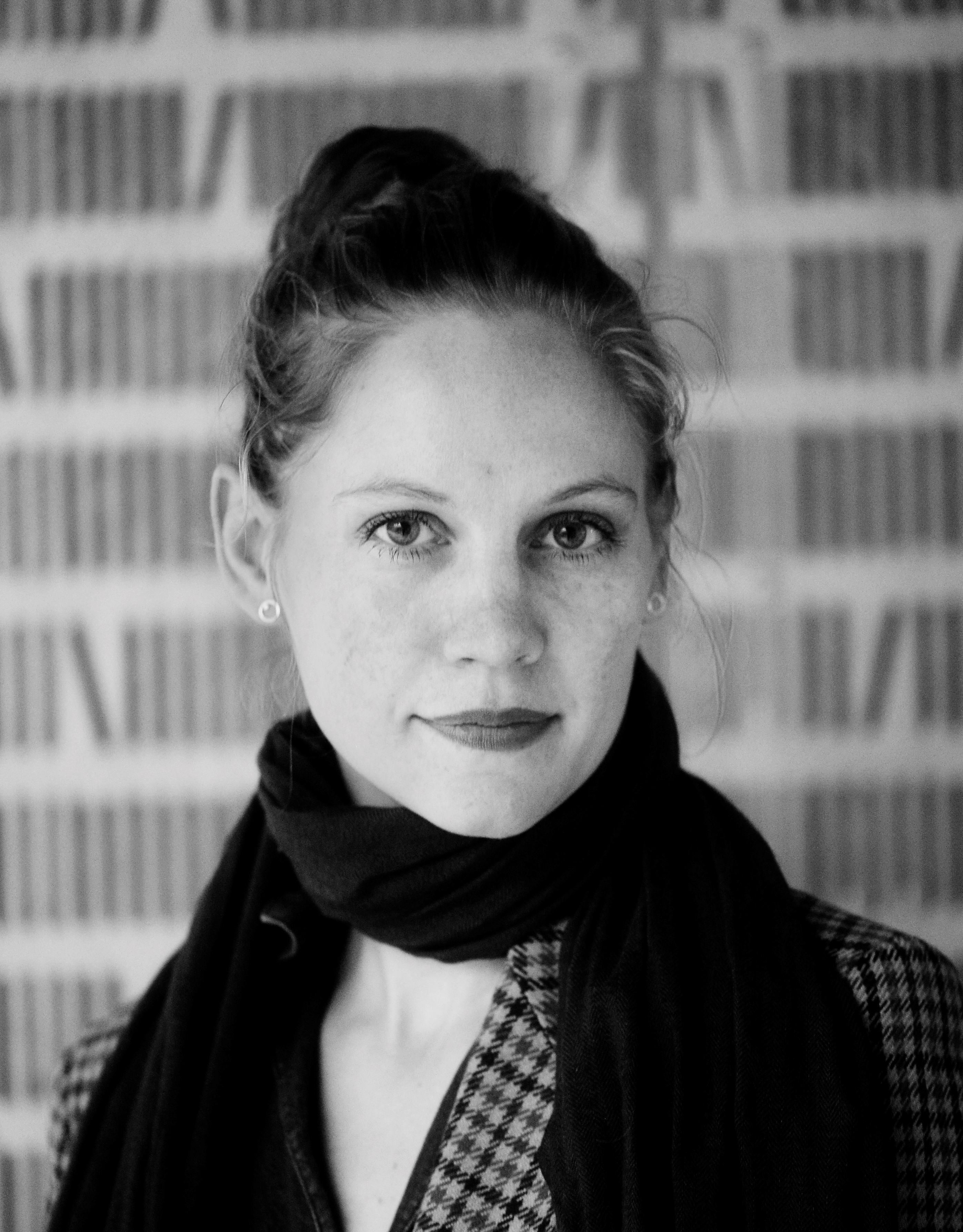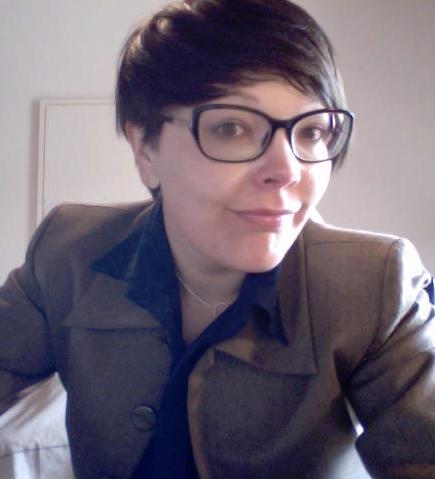Mapping a Colony
Read about the outcomes from 2016 Europeana research grants winners Nanna Thylstrup (University of Copenhagen), Lene Asp (author), and Mace Ojala (IT University of Copenhagen).
The Europeana Research Grants Programme was first launched in 2016 and proved hugely popular. Digital humanities researchers applied with projects that addressed research questions by using Europeana data. The high volume of proposals proved just how important it is to make heritage data available. And the wide variety of ideas showed the depth of potential in Europeana Collections material.
Grants were awarded to three projects, and in this mini blog series, we’re sharing their final reports with you, finding out what they’ve achieved and where they’ll go from here.
Our second project is Mapping a Colony, from Nanna Thylstrup (University of Copenhagen), Lene Asp (author), and Mace Ojala (IT University of Copenhagen).


Download Mapping a Colony’s final report.
What’s the project?
For almost 250 years, Denmark colonized what is now the US Virgin Islands (St. Croix, St. Thomas, and St. John), until the territory was sold to the United States in 1917.
When the Danish administration left the islands, all official archives, including images, photographs and maps went to Copenhagen, where the documents became part of the National Archives as well as the Image and Maps Collection at the Royal Library. These archives are presently being digitized.
Mapping a Colony seeks to create an interactive map of Denmark and the US Virgin Islands, which highlights and investigates the Danish colonial heritage with a specific focus on the Danish West Indies, as it manifests itself historically and/or presently in these areas. In doing so, it will create a deeper understanding of how the colonial past is still very much present in our contemporary society and landscapes.
How does it use Europeana Collections?
The team used images from Europeana Collections that relate to the Danish colonial past and engaged with the Europeana API to dynamically augment the website with content.
What did the project achieve?
A prototype map has been developed and is available at https://blogit.itu.dk/mappingacolonyen/
The 63 points on the map generate relations and strings of stories, ranging from the era of Danish colonial rule and up to the present day. By relating history to present human, material and cultural conditions, it encourages and contributes to a conversation on the influence and (in)visible consequences of the Danish colonial rule from multiple perspectives.
Nanna says, ‘While we intended the project to be a decolonial mapping endeavour, we quickly realized that we could not honour this aspiration fully. There are many reasons why we failed to offer a fully decolonized map, from the funding infrastructure to the composition of the research group to time limitations and the cultural form of the map. Yet, working in the framework of productive failure we expect meaningful discussions to emerge from the project in dialogue with others who have sought to work with the material in a decolonial way.’
What’s the future of the project?
The project is still ongoing and will be officially launched in October 2017 with a workshop at the Royal Library of Denmark. Lene Asp, Nanna Thylstrup, and Mace Ojala will also explore opportunities for additional funding for developing the project into a PhD project for Lene and a journal article that will provide new discussions points for how to work with contested heritage in the digital sphere based on the experiences of Mapping a Colony.
To find out more, explore an earlier interview on this project and visit the project website.
